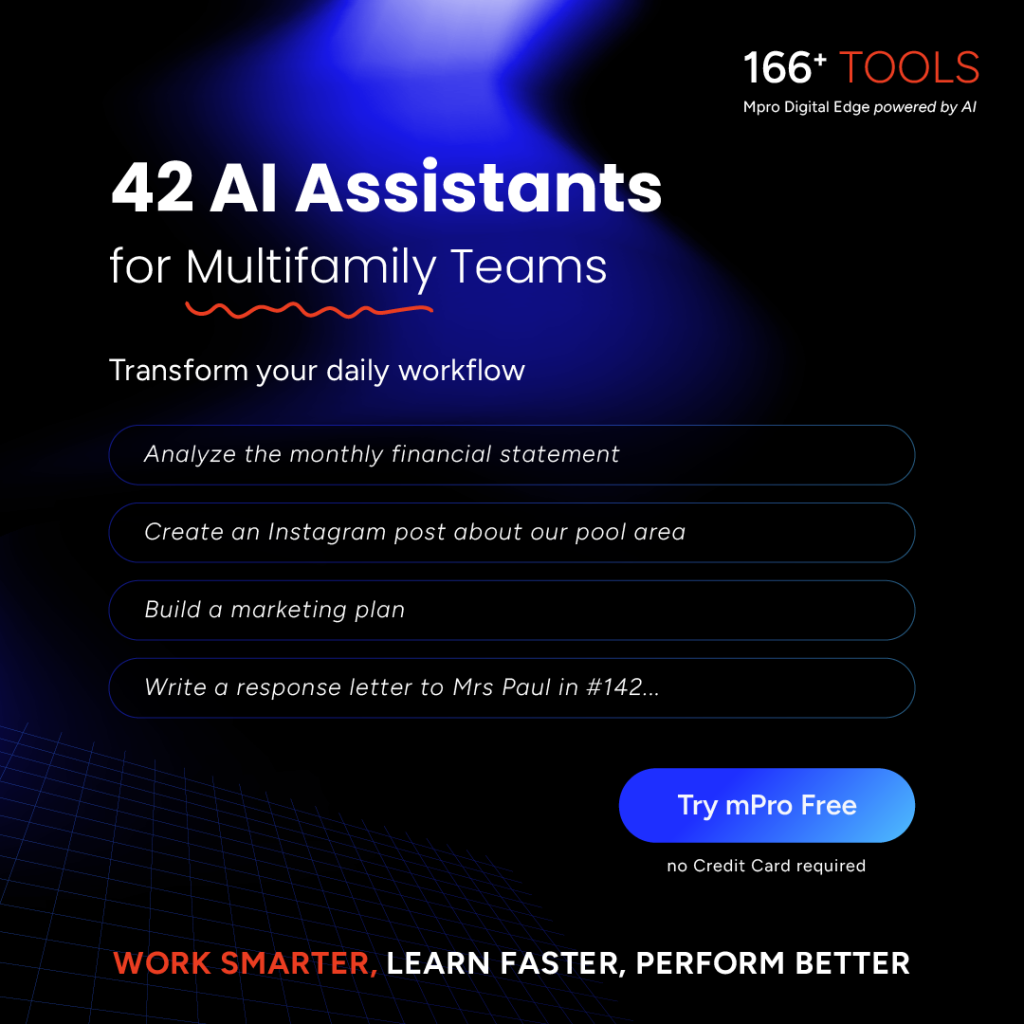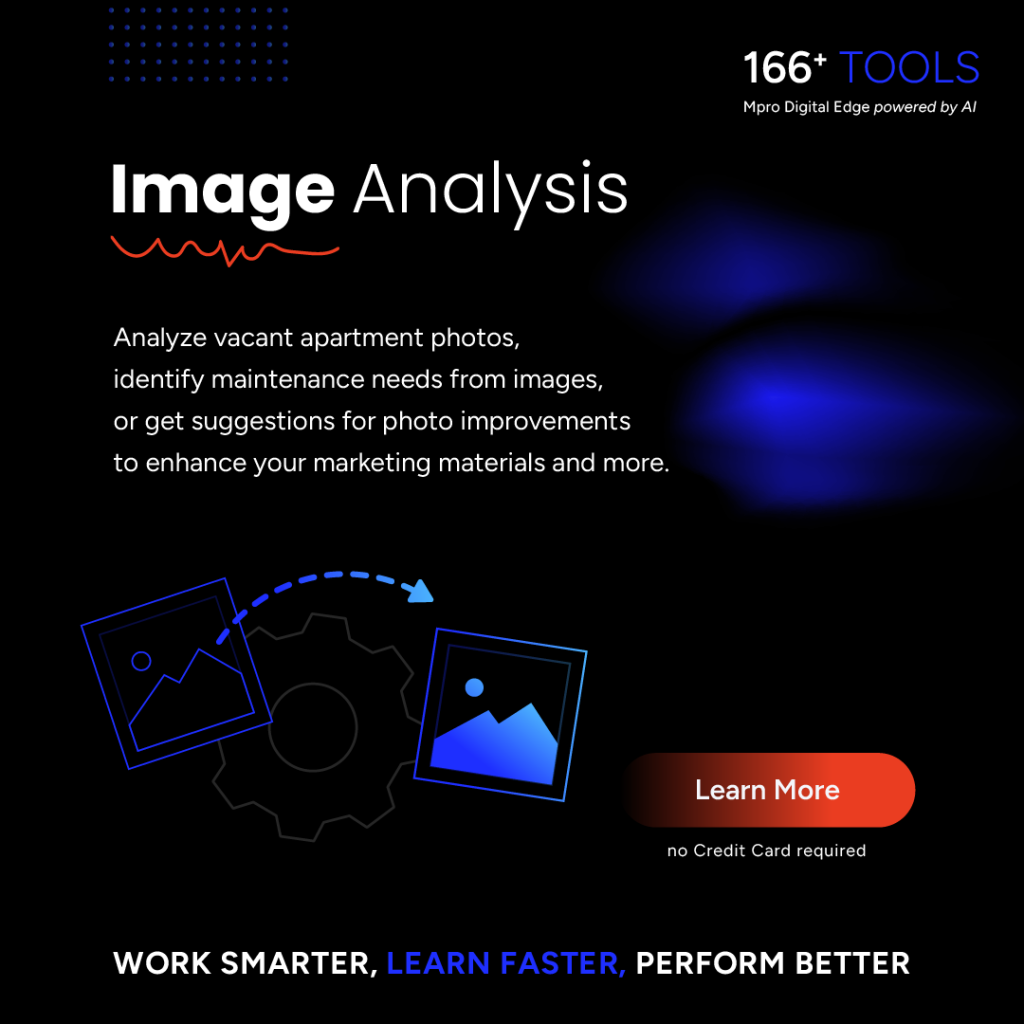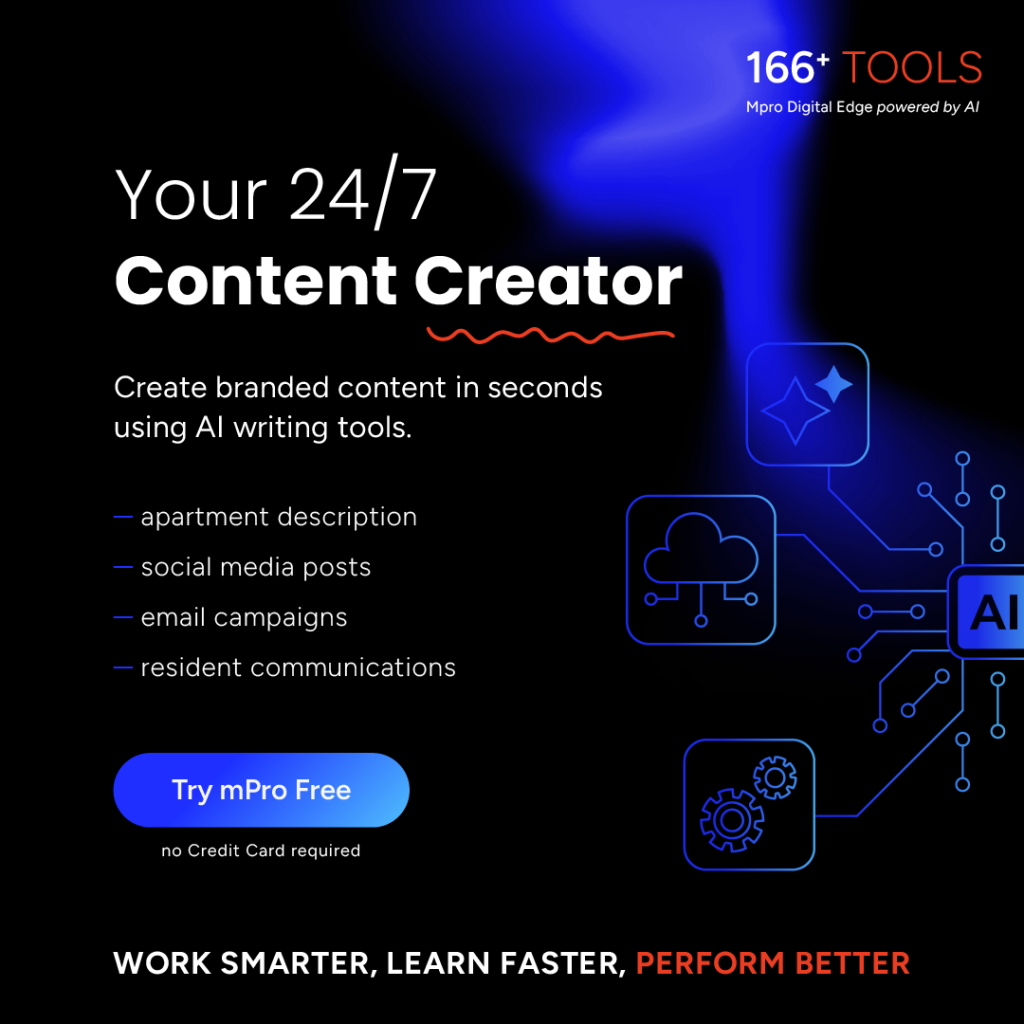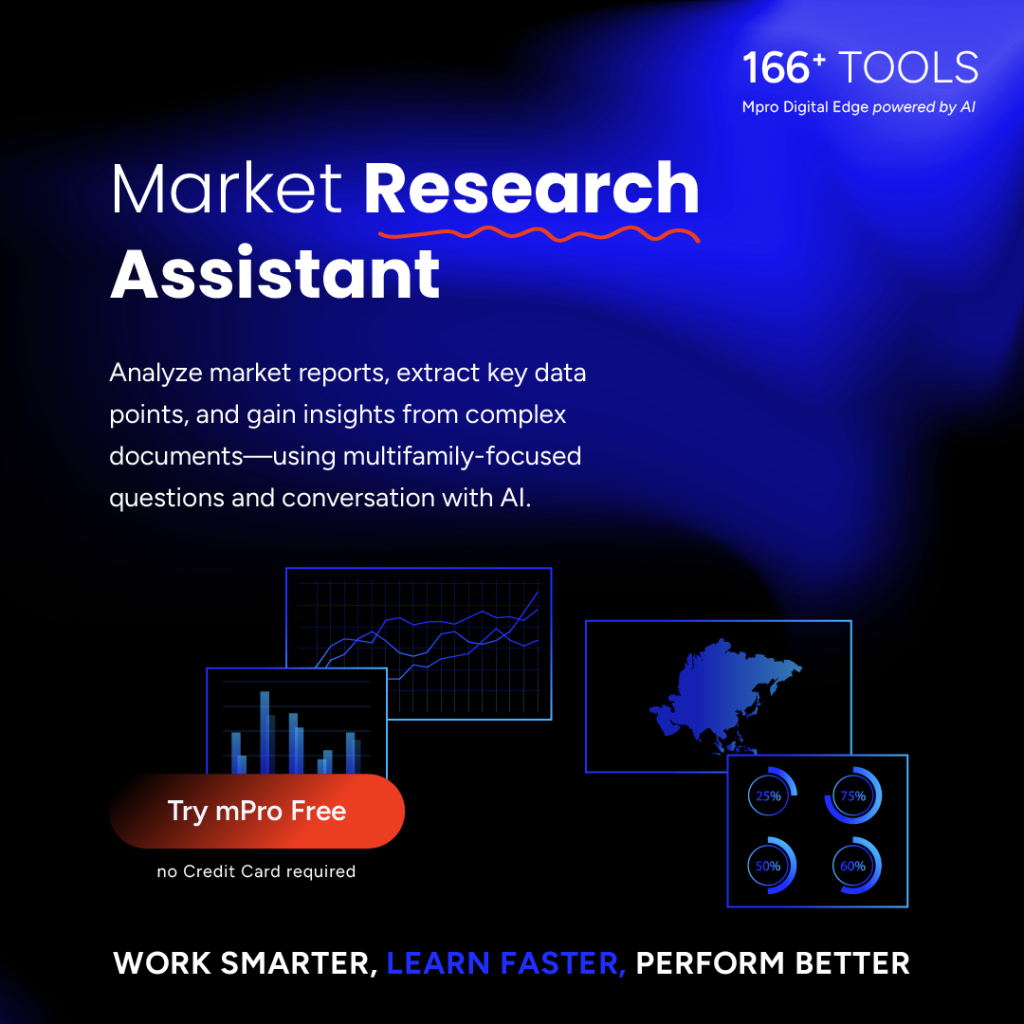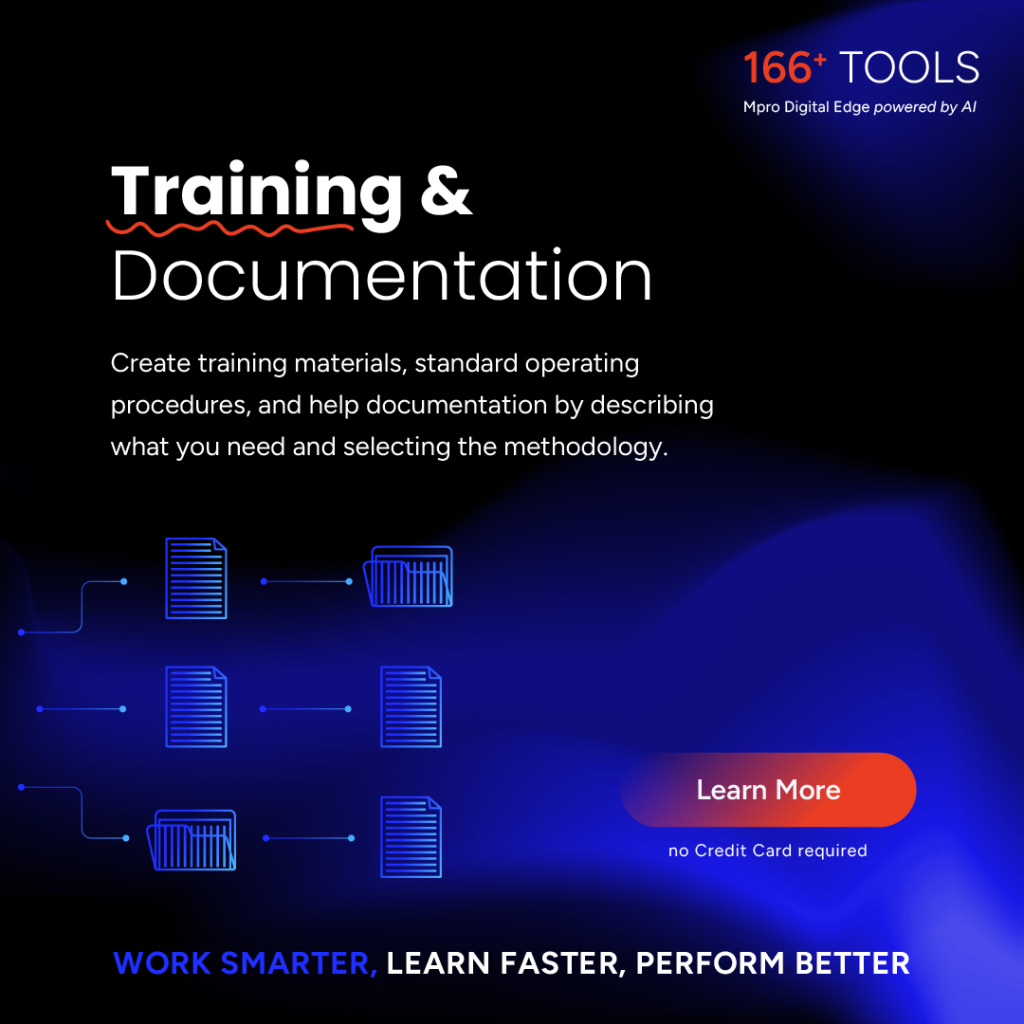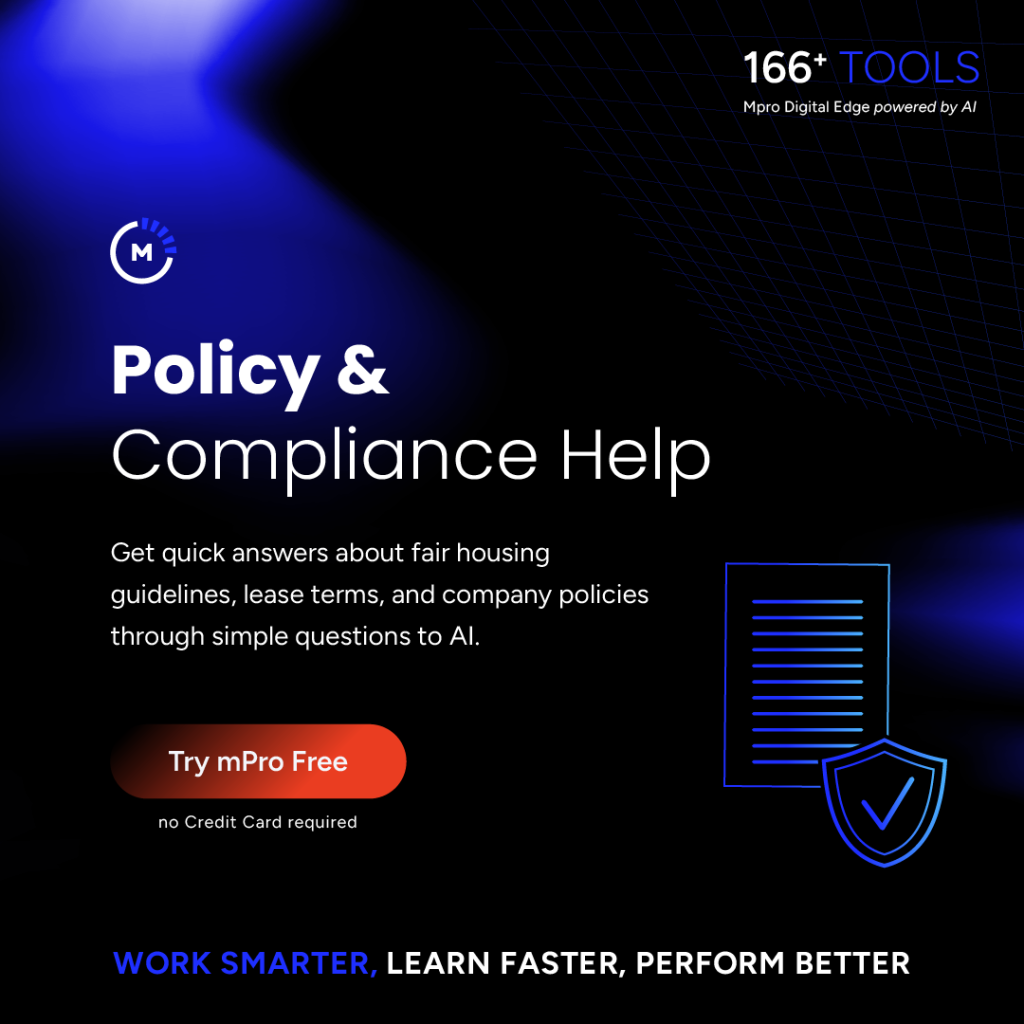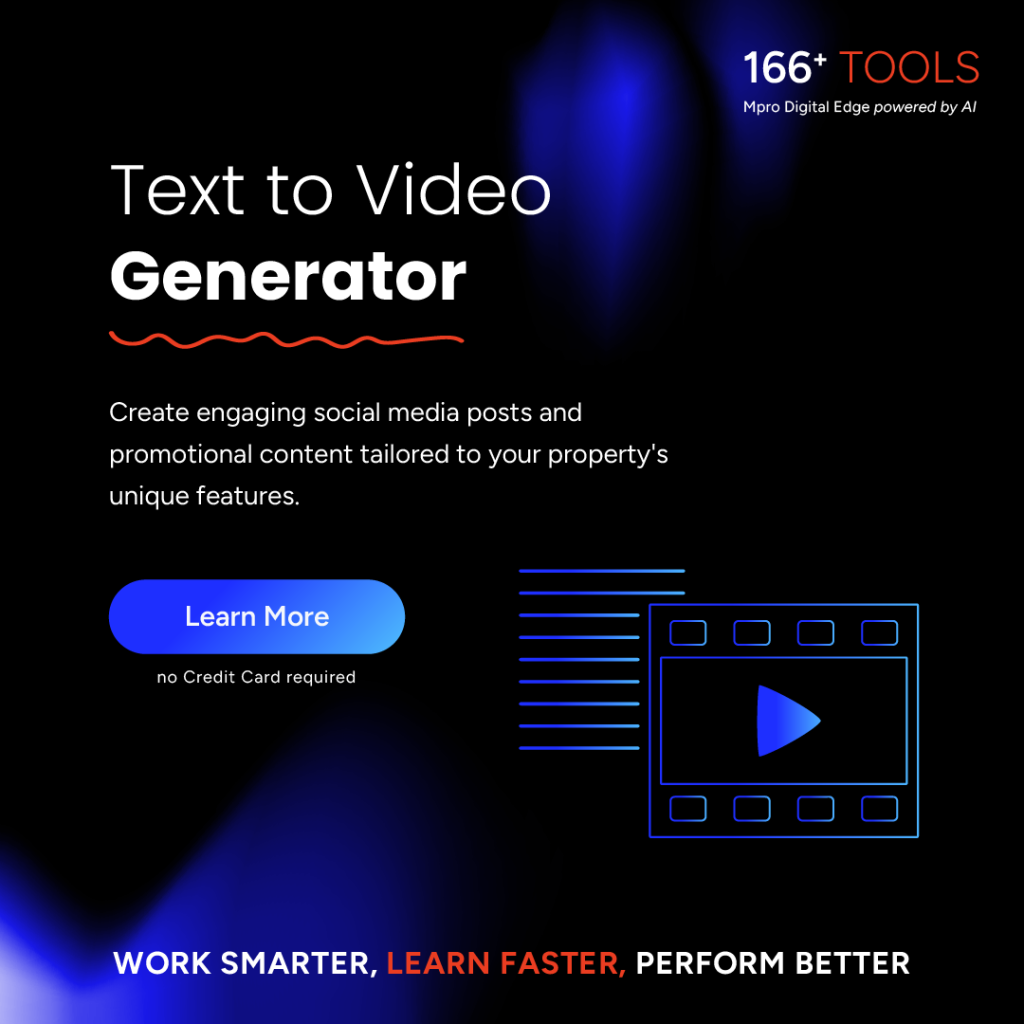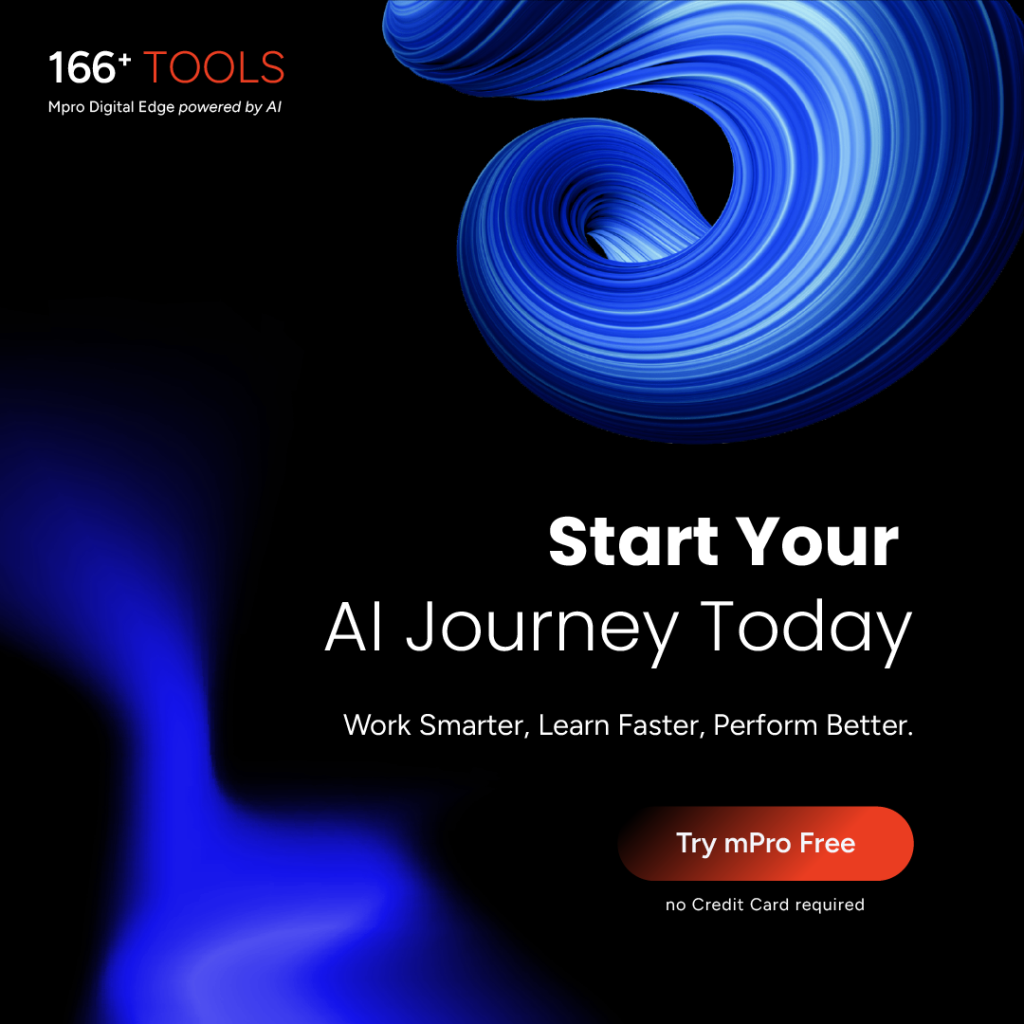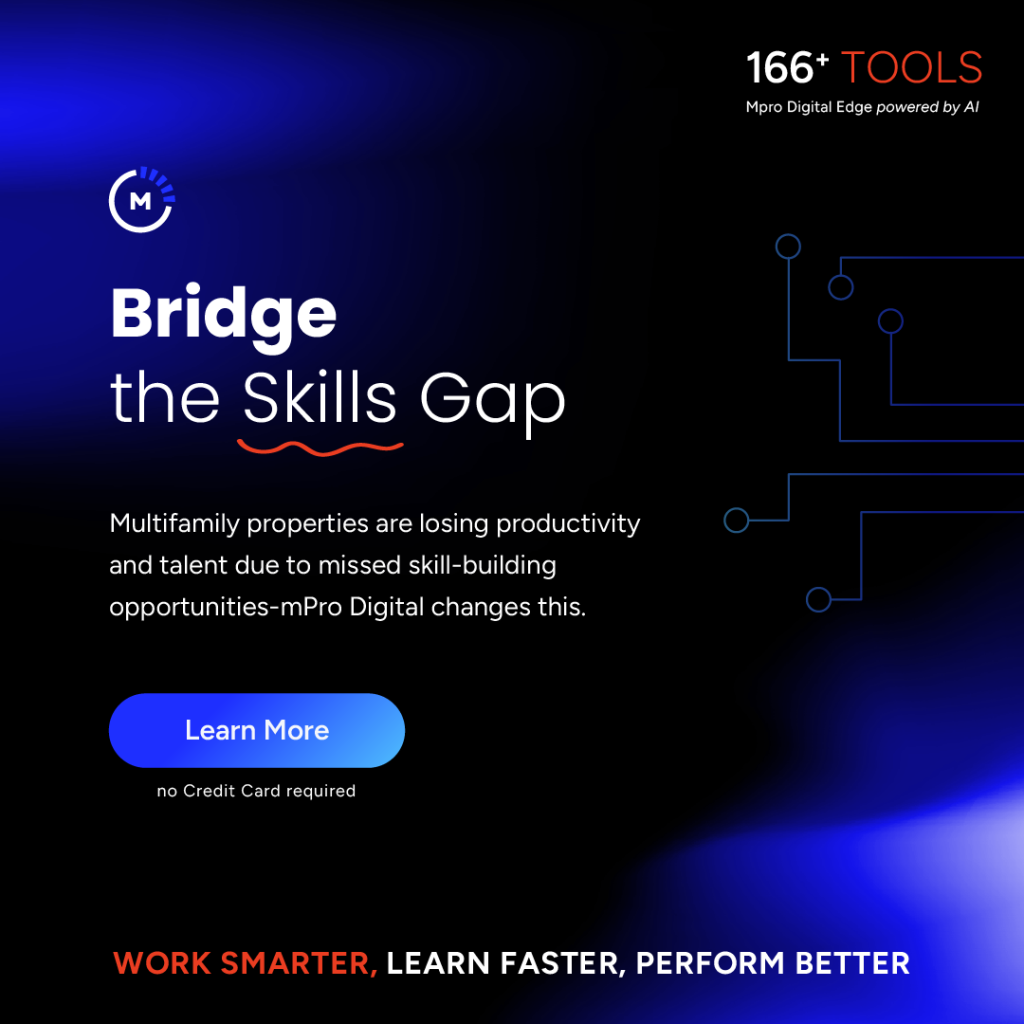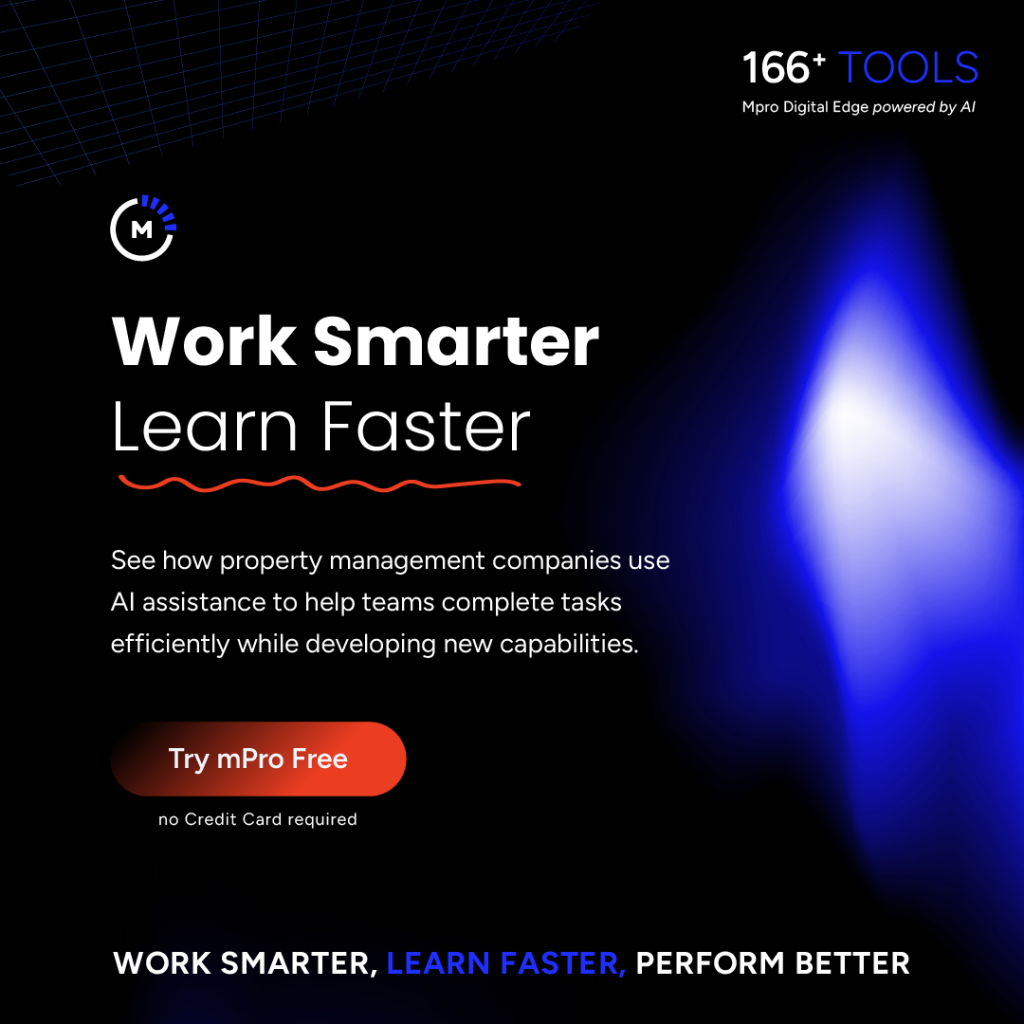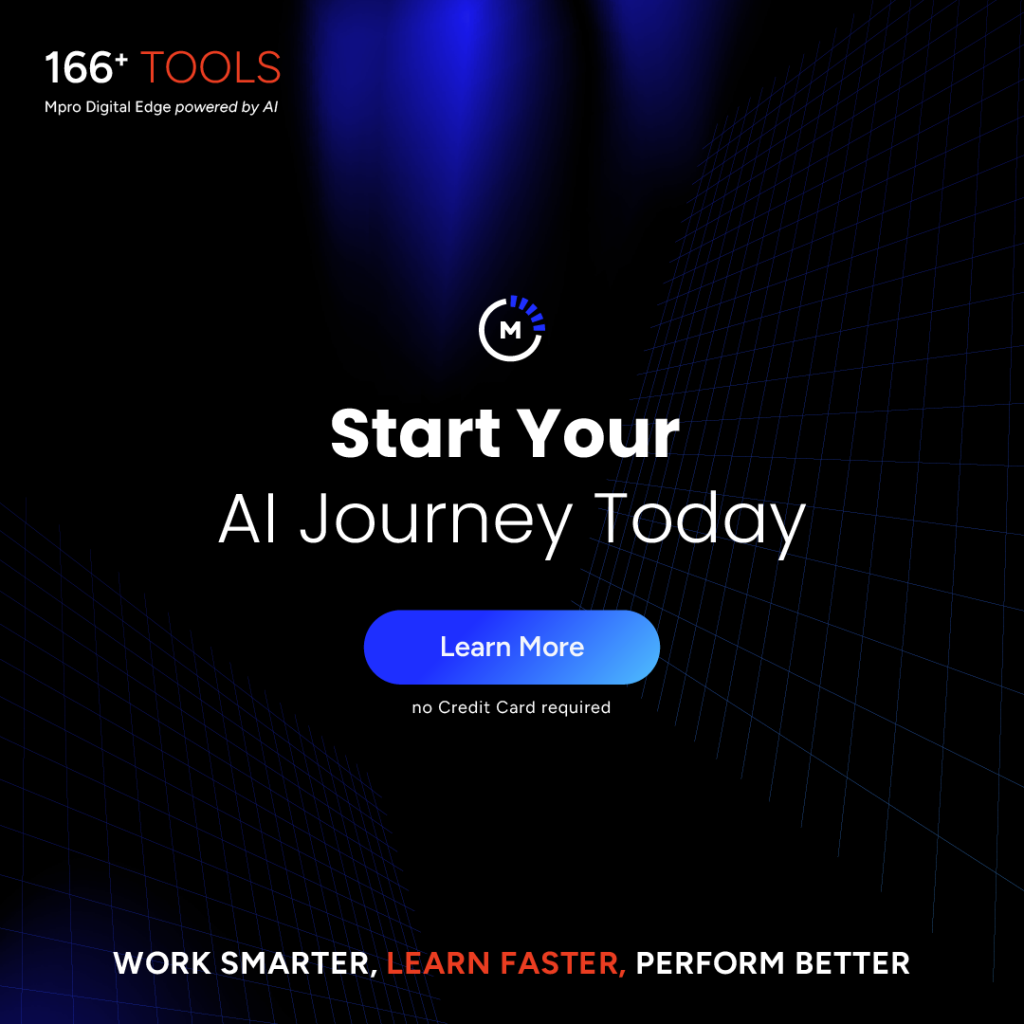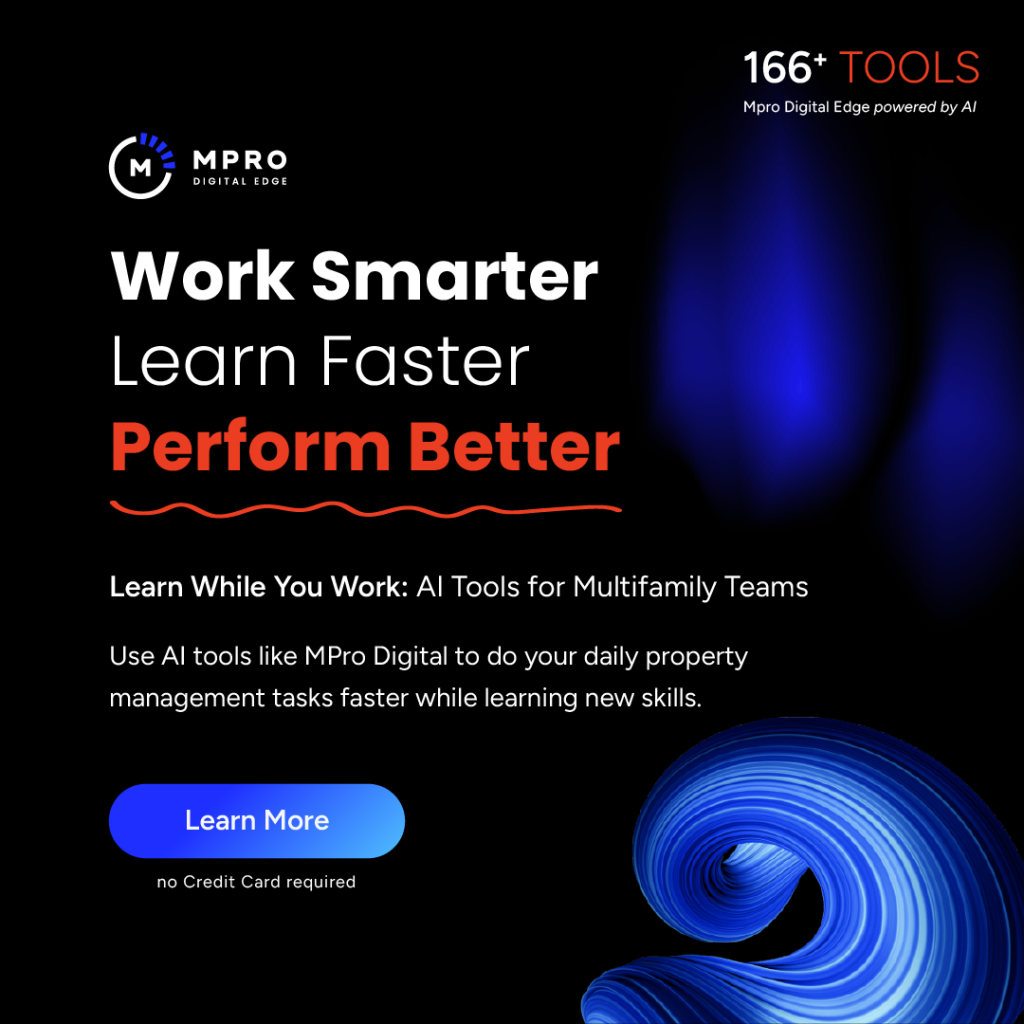In today’s highly competitive multifamily industry, understanding your competitors’ marketing and advertising strategies is essential for maintaining a competitive edge. This updated guide provides a framework for conducting comprehensive competitor research in the digital age, replacing outdated methods with current best practices.

Instead of the physical filing system mentioned in the original document, establish a digital repository to organize and store all competitor information:
- Create a cloud-based folder system (Google Drive, Dropbox, or a property management platform) organized by competitor properties
- Set up automated alerts for competitor mentions using tools like Google Alerts, Mention, or industry-specific monitoring services
- Establish a collaborative space where your leasing team can access and contribute to the research
Replace the print publication monitoring approach with digital tracking:
- Follow competitors on all social media platforms (Facebook, Instagram, Twitter, TikTok)
- Track their websites for changes in messaging, promotions, and design (tools like Visualping can automate this)
- Monitor their Google search and display ad campaigns using tools like SEMrush or SpyFu
- Document their presence and positioning on listing services like Apartments.com, Zillow, and Rent.com
- Review and document their Google Business Profile listings, reviews, and responses
Modern research requires examining how competitors leverage digital channels:
- Evaluate their search engine optimization (SEO) strategy by analyzing their keyword rankings
- Document their social media content strategy, posting frequency, and engagement metrics
- Review their online reputation management approach across review platforms
- Analyze their virtual tour technology and digital leasing process
- Monitor their email marketing campaigns by subscribing to their mailing lists
- Examine their content marketing efforts (blogs, videos, podcasts)
- Document any digital lead generation strategies (chatbots, interactive site features)
Go beyond "mystery shopping" to fully understand the competitor experience:
- Submit inquiries through multiple channels (website form, social media, email, phone)
- Document their lead follow-up process, response times, and nurturing sequences
- Request virtual or self-guided tours if available
- Experience their application and digital leasing process
- Sign up for resident portals or apps if possible
- Monitor their resident communication and retention strategies
Use this updated worksheet to summarize findings:
COMPETITIVE DIGITAL MARKETING ANALYSIS
| COMPETITOR | ONLINE PRESENCE | KEY DIGITAL STRATEGIES | CONTENT APPROACH | LEAD GENERATION | PRICING & PROMOTIONS | RESIDENT RETENTION |
|---|---|---|---|---|---|---|
| Property Name & Management Co. | List all active platforms & websites | Primary digital marketing channels & tactics | Content themes & messaging style | Lead capture methods & response protocols | Current pricing strategy & special offers | Resident experience & retention methods |
Use modern data analytics to understand the competitive landscape:
- Subscribe to market data platforms like RealPage Market Analytics or ApartmentData.com
- Analyze rental rate trends, occupancy patterns, and concession strategies
- Evaluate demographic shifts and renter behavior in your specific submarket
- Review new development pipelines and potential future competition
- Analyze online review sentiment and common themes across properties
Based on your research, identify opportunities to differentiate:
- Digital marketing channels competitors are underutilizing
- Messaging gaps or resident pain points not being addressed
- Technology advantages you can leverage
- Amenities or services not being highlighted effectively
- Reputation management opportunities
- Content marketing niches you can dominate
Creative Questionnaire (Updated for Digital Marketing Era)
Community: _____________________________ Date: _______________
Contact: _____________________________ Title: _______________
A. The Community Positioning and Brand
- What is the property’s brand positioning in the digital space?
- What values and lifestyle does the property project through its online presence?
- How does the property’s digital identity align with its physical presentation?
B. Digital Marketing Strategy
- What digital platforms is the property actively using? Rate effectiveness of each (1-10):
- Website: ____
- Facebook: ____
- Instagram: ____
- TikTok: ____
- YouTube: ____
- Google Business Profile: ____
- Email marketing: ____
- Paid search: ____
- Display advertising: ____
- Listing services (specify which): ____
- Other: ____
- What are their digital strengths? (rank in order of effectiveness) a. b. c. d. e.
- What are their digital weaknesses? (rank in order of significance) a. b. c. d. e.
- Website analysis:
- User experience quality: ____
- Mobile optimization: ____
- Virtual tour quality: ____
- Lead capture mechanisms: ____
- Resident portal features: ____
- Content quality and freshness: ____
- SEO effectiveness: ____
- How quickly do they respond to digital leads? Test each channel:
- Website form: ____ hrs
- Email: ____ hrs
- Social media: ____ hrs
- Chat/chatbot: ____ hrs
- Google messages: ____ hrs
- What digital tools are they using for:
- Apartment searching: ____________________
- Virtual tours: ____________________
- Online applications: ____________________
- Resident experience: ____________________
- Maintenance requests: ____________________
- Payments: ____________________
C. Target Market and Digital Audience
- What demographic segments are they targeting through their digital content?
- Which social media platforms seem to generate the most engagement for them?
- What messaging themes resonate most with their audience based on engagement?
- How do they segment their digital marketing for different floorplans or prospect types?
D. Digital Advertising Analysis
- What specific keywords are they targeting in paid search? (Use SEMrush or similar tool)
- What is their estimated monthly digital ad spend? (Use SpyFu or similar tool)
- What unique selling propositions do they highlight in their ad copy?
- How are they leveraging remarketing and geofencing strategies?
- What special offers or concessions are they promoting in digital ads?
- What landing pages are their ads directing traffic to?
E. Measurement and Strategy Development
- Based on all research, what are the primary opportunities for digital differentiation?
- What digital marketing channels are they underutilizing that we could leverage?
- What technology advantages could we implement to gain a competitive edge?
- What content marketing niches could we dominate that they’re neglecting?
- What messaging gaps exist that we could fill with our digital strategy?
Conclusion
Competitor research in the multifamily industry has evolved dramatically from clipping print ads to comprehensive digital analysis. By implementing this modern framework, you’ll gain actionable insights into your competitive landscape and identify strategic opportunities to differentiate your property in the digital marketplace.
Remember that today’s most successful multifamily marketers take an integrated approach, combining digital sophistication with genuine relationship building. Use these insights not just to react to competitors, but to proactively position your property as the premier option in your market.

